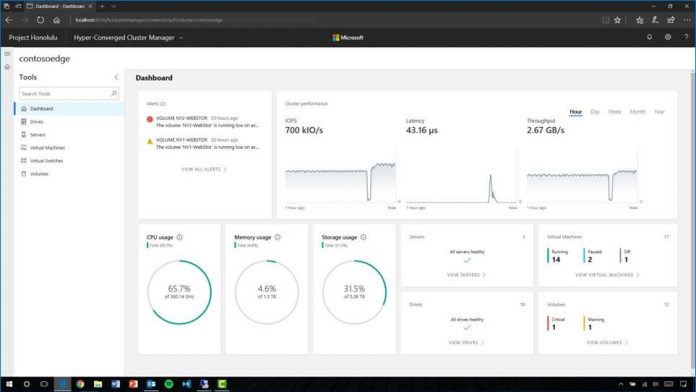In regards to System Insights, the biggest change is the ability to add new predictive capabilities without any updates. Though it may not be at its most powerful currently, it will mean that Microsoft, third-parties, and developers can deliver new additions mid-release. On top of that, Microsoft says they’ll support the following:
“New capabilities can specify any performance counter or ETW event, which will be collected, persisted locally, and returned to the capability for analysis when the capability is invoked. New capabilities can leverage the existing Windows Admin Center and PowerShell management planes. Not only will new capabilities be discoverable in System Insights, they also benefit from custom schedules and remediation actions.”
Congestion Control and Kubernetes
Microsoft is also highlighting deployment of popular container management tool Kubernetes. It recently rolled out to five new Azure regions and is now getting some support in Windows Server 2019. With it, admins can schedule, health monitor, coordinate, and scale containers, with a deployment how-to already live. You can see the full abilities here. Still, the biggest addition in this build has to be better congestion control. Window Server 2019 is introducing the LEDBAT congestion control provider. The latency optimized service ‘scavenges’ available bandwidth and uses it. It’s designed to cede bandwidth to users and apps when relevant but use the full bandwidth if the network isn’t in use.
The idea is to let admins transfer SCCM packages or updates without negatively affecting their users. They can do so without having to deal with annoying tasks like scheduling, throttling or other micro-management. You can read the full changes, known issues, and license keys on the Windows blog. Microsoft also detailed what to expect in Windows Server 2019 in an online event last week.




